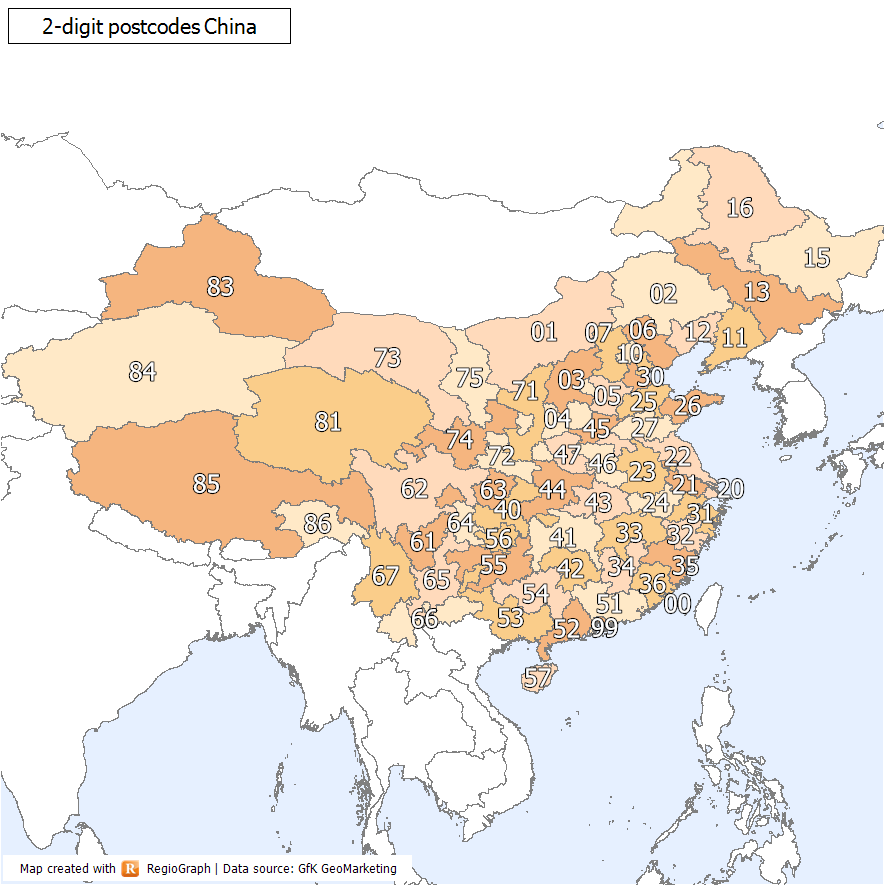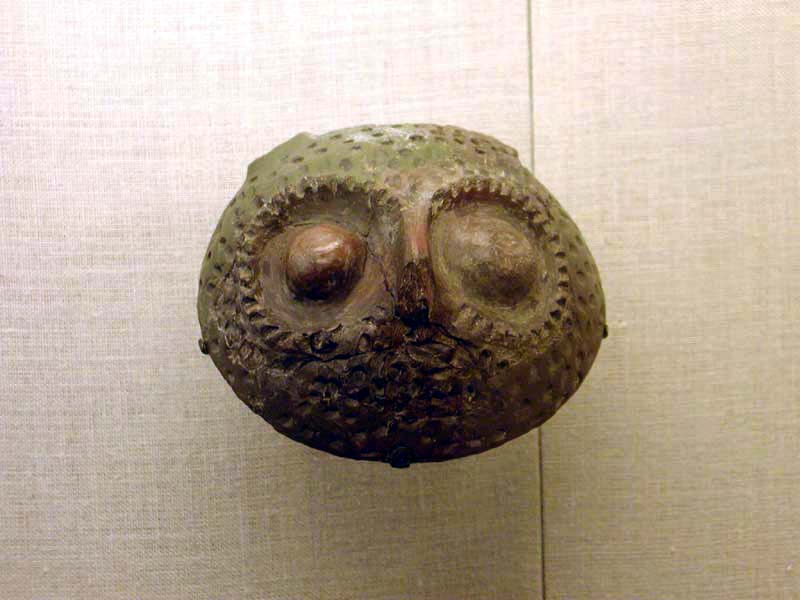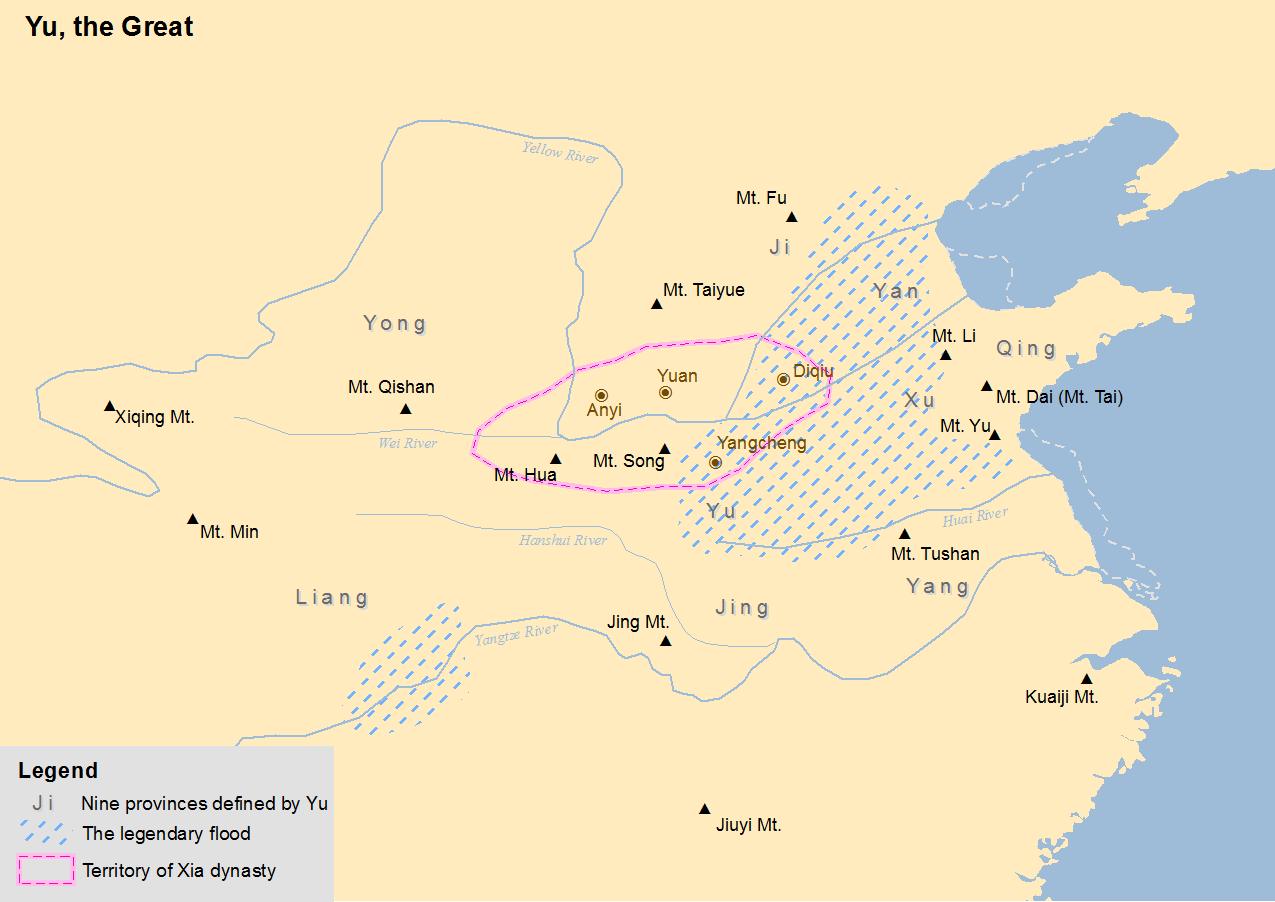|
Pinglu County
Pinglu County () is a county in southern Shanxi province of China. It is under the administration of the prefecture-level city of Yuncheng and has a population of approximately 200,000. Pinglu is historically an agricultural county, producing apples, peaches, apricots, dates, and tomatoes. Local industry is largely concentrated in mining for coal, aluminum, iron, sulphur, and gypsum. Pinglu has a history that dates back to the Xia dynasty (c. 2070 – c. 1600 BC). Facing Henan's Sanmenxia to the south across the Yellow River, Pinglu is on the route of the G5512 Jincheng–Xinxiang Expressway and China National Highway 209. Pinglu was home to the Ling political family: Ling Jihua, Ling Zhengce, and Ling Wancheng Ling Wancheng (; born ), also known as Wang Cheng () and Jason Wang, is a Chinese businessman who once held investments in the communications and entertainment industries. He left for the United States shortly after his brothers Ling Jihua and Lin .... Climate Refere ... [...More Info...] [...Related Items...] OR: [Wikipedia] [Google] [Baidu] |
Postal Code Of China
Postal codes in the People's Republic of China () are postal codes used by China Post for the delivery of letters and goods within mainland China. China Post uses a six-digit all-numerical system with four tiers: the first tier, composed of the first two digits, show the province, province-equivalent municipality, or autonomous region; the second tier, composed of the third digit, shows the postal zone within the province, municipality or autonomous region; the fourth digit serves as the third tier, which shows the postal office within prefectures or prefecture-level cities; the last two digits are the fourth tier, which indicates the specific mailing area for delivery. The range 000000–009999 was originally marked for Taiwan (The Republic of China) but is not used because it not under the control of the People's Republic of China. Mail to ROC is treated as international mail, and uses postal codes set forth by Chunghwa Post. Codes starting from 999 are the internal ... [...More Info...] [...Related Items...] OR: [Wikipedia] [Google] [Baidu] |
Henan
Henan (; or ; ; alternatively Honan) is a landlocked province of China, in the central part of the country. Henan is often referred to as Zhongyuan or Zhongzhou (), which literally means "central plain" or "midland", although the name is also applied to the entirety of China proper. Henan is a birthplace of Han Chinese civilization, with over 3,200 years of recorded history and remained China's cultural, economic and political center until approximately 1,000 years ago. Henan Province is home to many heritage sites, including the ruins of Shang dynasty capital city Yin and the Shaolin Temple. Four of the Eight Great Ancient Capitals of China, Luoyang, Anyang, Kaifeng and Zhengzhou, are in Henan. The practice of tai chi also began here in Chen Jia Gou Village (Chen style), as did the later Yang and Wu styles. Although the name of the province () means "south of the ellowriver.", approximately a quarter of the province lies north of the Yellow River, also known as th ... [...More Info...] [...Related Items...] OR: [Wikipedia] [Google] [Baidu] |
Ling Zhengce
Ling Zhengce (; born May 1952) is a former Chinese politician from Shanxi province. From 2008 to 2014 Ling served as the vice-chairman of the Shanxi Provincial Committee of the Chinese People's Political Consultative Conference, and prior to that the director of Shanxi Development and Reform Commission. Alongside Ling Jihua, he was removed from office in 2014 and charged with corruption, bribery, and graft. Ling Zhengce was then sentenced to twelve and a half years in prison. Biography Born Linghu Zhengce to a Communist official's family in Pinglu County, Shanxi Province, Ling and all his three siblings received names related to the Communist Party terminology. His own name, ''Zhengce'', means "policy". He got involved in politics in October 1968 and joined the Chinese Communist Party in November 1973. Ling initially worked at a hospital, and then was transferred to work as a labourer a sulphur mine. Between 1971 and 1982 Ling worked for the party organization in Yuncheng, and ... [...More Info...] [...Related Items...] OR: [Wikipedia] [Google] [Baidu] |
Ling Jihua
Ling Jihua (; born 22 October 1956) is a former Chinese politician and one of the principal political advisers of former leader Hu Jintao. Ling was best known for his tenure as chief of the General Office of the Chinese Communist Party between 2007 and 2012. Ling was charged with corruption, bribery, and other misconduct and was sentenced to life imprisonment as part of a larger campaign carried out by Xi Jinping. Ling began his career as a functionary in regional branches of the Communist Youth League in his native Shanxi Province. His Youth League involvement propelled him to the national-level organization in 1979. At the Youth League Ling worked in its propaganda department and edited its flagship newspaper. Closely following the footsteps of his patron Hu Jintao, Ling was promoted to a leadership position in the General Office of the Chinese Communist Party in 1999, and became an important member of the State Commission for Public Sector Reform. Ling rose to become the Di ... [...More Info...] [...Related Items...] OR: [Wikipedia] [Google] [Baidu] |
China National Highway 209
China National Highway 209 (G209) runs from Sonid Left Banner, Inner Mongolia to Beihai, Guangxi province. It is 3,435 kilometres in length and runs south from Huhhot towards Shanxi province, Henan province, Hubei province, Hunan province, and ends in Guangxi province. Despite the "National Highway" designation, G209 is not of uniform quality throughout its length.See e.g. the characterization of the China National Highway 318 and China National Highway 209 as "unstable and unsafe" inYichang-Wanzhou Railway (SEIA) (Asian Development Bank, June 2003), p.6 For example, as of 2009, the 20-kilometer section north of Badong is nothing but a very poor dirt road. Nonetheless, even that section is of importance for the national highway system: it is used e.g. by long-distance buses plying the route between Badong and points east. Many parts of the Muyu to Hongping section (in Hubei's Shennongjia Forestry District) are not much better. On the other hand, the section from the Shennon ... [...More Info...] [...Related Items...] OR: [Wikipedia] [Google] [Baidu] |
G5512 Jincheng–Xinxiang Expressway
The Jincheng–Xinxiang Expressway (), commonly referred to as the ''Jinxin Expressway'' () is an expressway that connects Jincheng, Shanxi, China, and Xinxiang, Henan. The expressway is a spur of G55 Erenhot–Guangzhou Expressway The Erenhot–Guangzhou Expressway (), commonly referred to as the ''Erguang Expressway'' () is an expressway that connects the cities of Erenhot, Inner Mongolia, and Guangzhou, Guangdong. When fully complete, it will be in length. Route Inner M ....G55 二广高速 References {{DEFAULTSORT:G5512 Jincheng-Xinxiang Expressway Chinese national-level expressways[...More Info...] [...Related Items...] OR: [Wikipedia] [Google] [Baidu] |
Yellow River
The Yellow River or Huang He (Chinese: , Mandarin: ''Huáng hé'' ) is the second-longest river in China, after the Yangtze River, and the sixth-longest river system in the world at the estimated length of . Originating in the Bayan Har Mountains in Qinghai province of Western China, it flows through nine provinces, and it empties into the Bohai Sea near the city of Dongying in Shandong province. The Yellow River basin has an east–west extent of about and a north–south extent of about . Its total drainage area is about . The Yellow River's basin was the birthplace of ancient Chinese, and, by extension, Far Eastern civilization, and it was the most prosperous region in early Chinese history. There are frequent devastating floods and course changes produced by the continual elevation of the river bed, sometimes above the level of its surrounding farm fields. Etymology Early Chinese literature including the '' Yu Gong'' or ''Tribute of Yu'' dating to the ... [...More Info...] [...Related Items...] OR: [Wikipedia] [Google] [Baidu] |
Sanmenxia
Sanmenxia (; postal: Sanmenhsia) is a prefecture-level city in the west of Henan Province, China. The westernmost prefecture-level city in Henan, Sanmenxia borders Luoyang to the east, Nanyang to the southeast, Shaanxi Province to the west and Shanxi Province to the north. The city lies on the south side of the Yellow River at the point where the river cuts through the Loess Plateau on its way to the North China Plain. As of the 2020 census, it was home to 2,034,872 inhabitants (2,234,018 in 2010). However, as of the 2010 census 947,588 lived in the built-up area made of Hubin, Shanzhou urban districts and Pinglu County in neighboring Shanxi (269,188 inhabitants), now within the agglomeration. Names and History The city's name in Chinese () means "The Gorge of Three Gateways" and is derived from two islands that split the Yellow River into three parts. According to Chinese mythology, Yu the Great used a divine axe to cut the mountain ridge three times, creating the Sanmenxi ... [...More Info...] [...Related Items...] OR: [Wikipedia] [Google] [Baidu] |
Xia Dynasty
The Xia dynasty () is the first dynasty in traditional Chinese historiography. According to tradition, the Xia dynasty was established by the legendary Yu the Great, after Shun, the last of the Five Emperors, gave the throne to him. In traditional historiography, the Xia was later succeeded by the Shang dynasty. There are no contemporaneous records of the Xia, who are not mentioned in the oldest Chinese texts, since the earliest oracle bone inscriptions date from the late Shang period (13th century BC). The earliest mentions occur in the oldest chapters of the ''Book of Documents'', which report speeches from the early Western Zhou period and are accepted by most scholars as dating from that time. The speeches justify the Zhou conquest of the Shang as the passing of the Mandate of Heaven and liken it to the succession of the Xia by the Shang. That political philosophy was promoted by the Confucian school in the Eastern Zhou period. The succession of dynasties was incorporat ... [...More Info...] [...Related Items...] OR: [Wikipedia] [Google] [Baidu] |
County (People's Republic Of China)
Counties ( zh, t=縣, s=县, hp=Xiàn), formally county-level divisions, are found in the third level of the administrative hierarchy in Provinces and Autonomous regions and the second level in municipalities and Hainan, a level that is known as "county level" and also contains autonomous counties, county-level cities, banners, autonomous banners and City districts. There are 1,355 counties in Mainland China out of a total of 2,851 county-level divisions. The term ''xian'' is sometimes translated as "district" or "prefecture" when put in the context of Chinese history. History ''Xian'' have existed since the Warring States period and were set up nationwide by the Qin Dynasty. The number of counties in China proper gradually increased from dynasty to dynasty. As Qin Shi Huang reorganized the counties after his unification, there were about 1,000. Under the Eastern Han Dynasty, the number of counties increased to above 1,000. About 1400 existed when the Sui dyn ... [...More Info...] [...Related Items...] OR: [Wikipedia] [Google] [Baidu] |
Gypsum
Gypsum is a soft sulfate mineral composed of calcium sulfate dihydrate, with the chemical formula . It is widely mined and is used as a fertilizer and as the main constituent in many forms of plaster, blackboard or sidewalk chalk, and drywall. Alabaster, a fine-grained white or lightly tinted variety of gypsum, has been used for sculpture by many cultures including Ancient Egypt, Mesopotamia, Ancient Rome, the Byzantine Empire, and the Nottingham alabasters of Medieval England. Gypsum also crystallizes as translucent crystals of selenite. It forms as an evaporite mineral and as a hydration product of anhydrite. The Mohs scale of mineral hardness defines gypsum as hardness value 2 based on scratch hardness comparison. Etymology and history The word '' gypsum'' is derived from the Greek word (), "plaster". Because the quarries of the Montmartre district of Paris have long furnished burnt gypsum ( calcined gypsum) used for various purposes, this dehydrated gyp ... [...More Info...] [...Related Items...] OR: [Wikipedia] [Google] [Baidu] |
China Standard Time
The time in China follows a single standard UTC offset, time offset of UTC+08:00 (eight hours ahead of Coordinated Universal Time), even though the country spans almost five geographical time zones. The official national standard time is called ''Beijing Time'' (BJT, ) domestically and ''China Standard Time'' (CST) internationally. Daylight saving time has not been observed since 1991. China Standard Time (UTC+8) is consistent across Mainland China, Hong Kong Time, Hong Kong, Macau Standard Time, Macau, Time in Taiwan, Taiwan, Philippine Standard Time, Philippines, Singapore Standard Time, Singapore, Time in Brunei, Brunei, Time in Mongolia, Mongolia, etc. History In the 1870s, the Shanghai Xujiahui Observatory was constructed by a French Catholic missionary. In 1880s officials in Shanghai French Concession started to provide a time announcement service using the Shanghai Mean Solar Time provided by the aforementioned observatory for ships into and out of Shanghai. By the end o ... [...More Info...] [...Related Items...] OR: [Wikipedia] [Google] [Baidu] |


.jpg)



